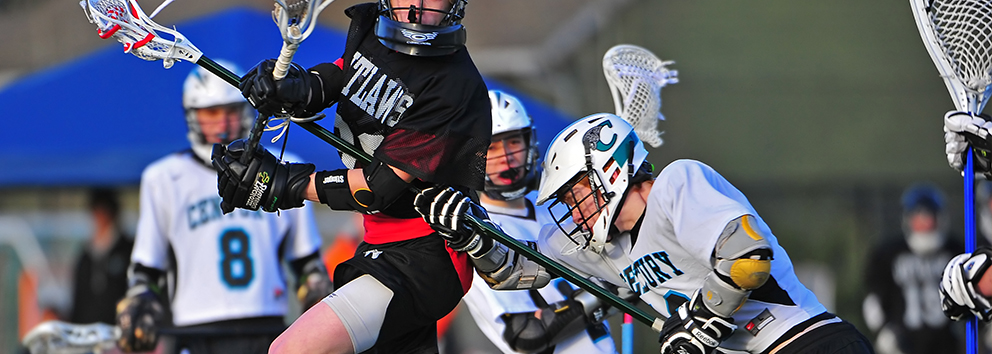
The labrum is a cartilage gasket on the cup of the "ball and cup" portion of the shoulder joint. Tears of the labrum can occur from acute trauma, such as a shoulder dislocation, or from overuse/degeneration. The long head of the biceps tendon attaches to the top portion of the labrum. Often, the labrum can be torn at the site of the biceps attachment, in other words, a superior labrum anterior and posterior (SLAP) to the biceps attachment.
Diagnosis is made based on many factors including the patient history, physical exam, and radiographic studies. Symptoms of a SLAP tear can include pain with activities, catching, locking, instability, and weakness. There are many physical examination tests that are performed to indicate a possible SLAP tear. X-rays are taken to rule out fractures, dislocations, tumors, calcific deposits, osteoarthritis, and to evaluate for bone spurs. If a SLAP tear is suspected clinically, then an MRI may be ordered.
Treatment is based on many factors including the patient history, physical exam, activity level, age, and radiographic results. SLAP tears can often be treated conservatively with ice, rest, anti-inflammatory medications, and physical therapy. If surgery is indicated, arthroscopy can be performed on an outpatient basis. With proper healing time and diligent physical therapy an athlete can often return to their pre-injury level.





